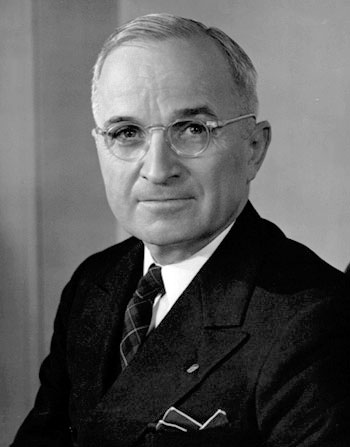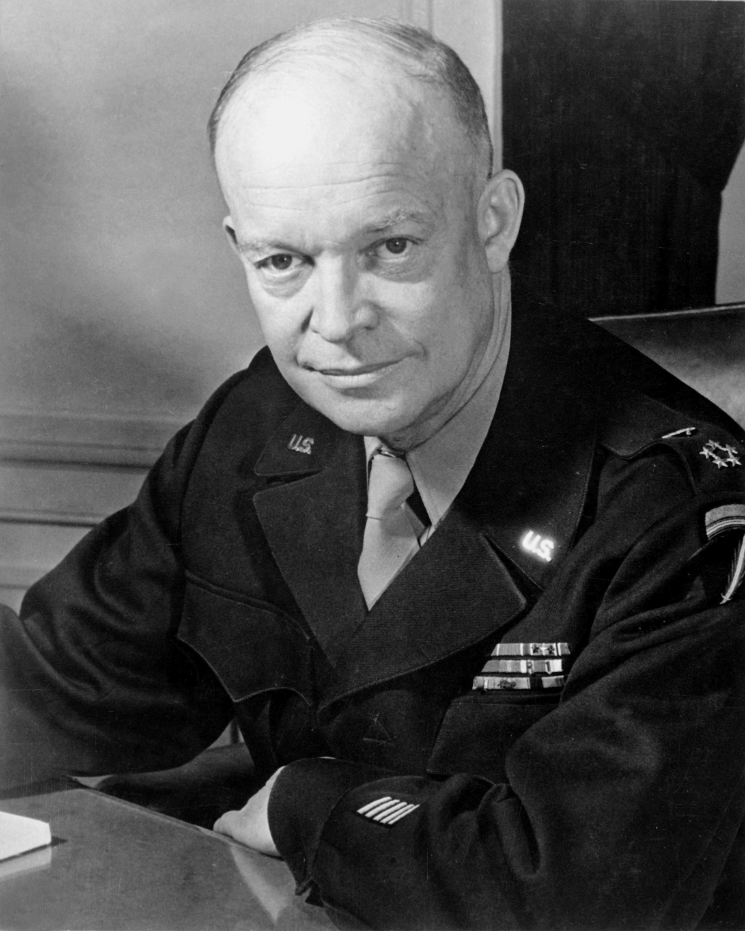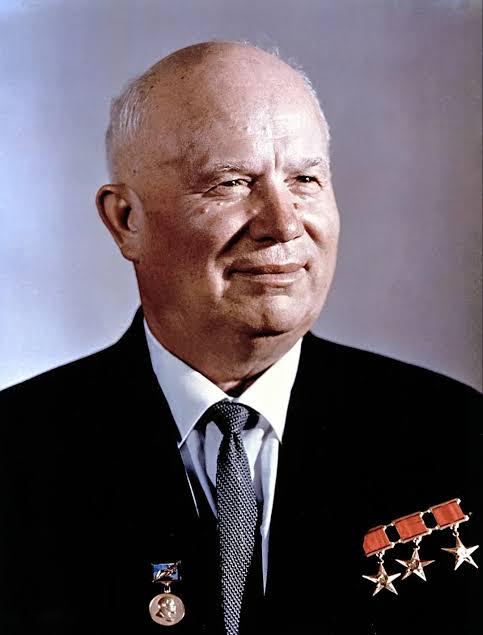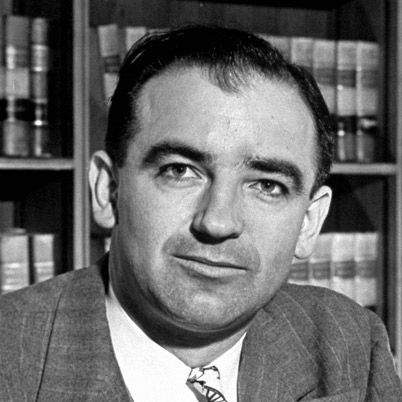8.1-8.2 "Cold War"
1/23
Earn XP
Description and Tags
Name | Mastery | Learn | Test | Matching | Spaced |
|---|
No study sessions yet.
24 Terms
arms race
A competition between nations to develop and stockpile the most powerful weapons. Significance: Escalated tensions during the Cold War, especially between the US and USSR, leading to nuclear proliferation.
Berlin Wall
A concrete barrier (1961-1989) that divided East and West Berlin, symbolizing the Cold War divide. Significance: A physical and ideological symbol of the division between communist East and capitalist West.
Cold War (1945-1991)
Political, strategic, and ideological struggle between the US and USSR. Significance: Defined global politics for much of the 20th century, leading to proxy wars and nuclear tension.
containment
A US foreign policy aimed at preventing the spread of communism. Significance: Led to numerous US interventions globally to stop communist influence.
Domino Theory/Domino Effect
The belief that if one country fell to communism, neighboring countries would follow. Significance: Justified US involvement in several Cold War conflicts, including the Korean and Vietnam wars.
Eastern/Communist Bloc
Communist nations under Soviet influence in Europe and Asia. Significance: The primary adversary to the Western bloc during the Cold War.
Eisenhower Doctrine
A US policy promising military and economic support to Middle Eastern countries threatened by communism. Significance: Demonstrated US commitment to containing communism outside Europe, especially in the Middle East.
ICBM
Intercontinental Ballistic Missile, capable of delivering nuclear weapons across vast distances. Significance: A key element in the Cold War arms race, escalating fears of nuclear war.
iron curtain
The metaphorical boundary dividing Eastern (communist) and Western (capitalist) Europe. Significance: Symbolized the division between the US-led Western world and Soviet-controlled Eastern Europe.
Marshall Plan
An economic aid program to help European countries recover from WWII. Significance: Prevented the spread of communism in war-torn Europe and helped revive the global economy.
McCarthyism
The practice of making unsupported accusations of communism in the US government (1950-1954). Significance: Fueled widespread fear, leading to the persecution of many innocent individuals.
Mutual Assured Destruction (MAD)
The concept that both superpowers could annihilate each other with nuclear weapons. Significance: Deterred direct conflict between the US and USSR during the Cold War.
NATO
(1949) A military alliance of North American and European countries to defend against common threats. Significance: Strengthened Western security and military cooperation, especially during the Cold War.
nuclear proliferation
The spread of nuclear technology and weapons to countries that previously didn't have them. Significance: Increased global instability and the risk of nuclear conflict, particularly with new nuclear states.
Red Scare
A period of intense fear of communism in the US, notably during the 1947-1957 period. Significance: Led to widespread paranoia and government actions to root out suspected communists.
satellite state
A country that is formally independent but under heavy influence or control by another power. Significance: Soviet satellite states were controlled by the USSR, serving as a buffer zone against the West.
space race
A competition between the US and USSR to achieve superior spaceflight capabilities (1960-1969). Significance: Symbolized Cold War rivalry, with the US landing a man on the moon in 1969.
superpower
A nation with political stability, economic superiority, and military strength. Significance: The US and USSR were the two superpowers during the Cold War, each vying for global influence.
Truman Doctrine
(1947) U.S. policy to provide support to countries threatened by communism. Significance: Signaled the start of active US intervention to contain communism, antagonizing the USSR.
Warsaw Pact
(1955) A defense treaty between the USSR and Eastern European satellite states. Significance: Served as the Soviet counter to NATO, strengthening the Eastern Bloc's military alliances.

Harry Truman
(1945-1953) president after FDR who authorized the used of atomic weapons on Japan, ending WWII. Significance: His aggressive stance and policies against the communist USSR propelled both nations into the Cold War.

Dwight Eisenhower
Supreme Commander of the Allied Expeditionary Force in Europe in WW2 and later, president (1953-1961). Significance: His Cold War policies attempted to contain communism without direct US involvement in conflicts.

Nikita Khrushchev
Soviet Premiere (leader) after Stalin (1953-1964). Significance: Attempted a policy of "peaceful co-existence" with the West, but often escalated it through his eccentric behaviors and comments.

Joseph McCarthy
senator from Wisconsin (Rep., 1947-1957). Alleged that communists and Soviet spies had infiltrated the US government, universities, film industry, and elsewhere. Significance: Intensified the Second Red Scare.